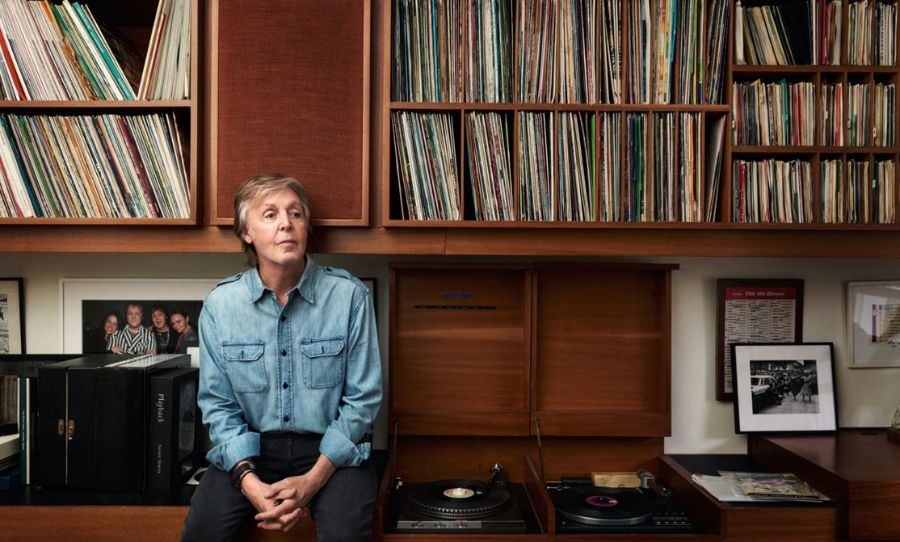If your label name is Bonus Round Recordings, and your album art shows a TB-303 in a swathe of fairy lights, chances are people will have certain expectations of how your music is going to sound. These expectations are well reached in Show Me Some Lazer, the new album from producer Luke’s Anger.
Indeed the album art is an elegant way of describing the sound of Show Me Some Lazer, an affair which combines the sound of legendary 80s music machines like the Roland TB 303 and TR 808 with a colourful, often light-hearted musical approach.

Some badass techno from Luke’s Anger – new steez using some oldschool tools.
The spirit of rave and acid house runs deep through the tracks of Show Me Some Lazer, which is not altogether surprising, considering Luke Sanger, the man behind the moniker, has been performing this type of music since its heyday in the 1990s. He hasn’t remained stagnant from those times, however, and in this new release there’s a sense of progression as well as nostalgia.
The use of the new sampling powerhouse Octatrack (which Luke impressively demos on his YouTube page) has definitely functioned as a creative tool in Show Me Some Lazer, with its elegant language of chopped and screwed samples.
This is starting to sound like a plug for the various instruments Luke uses, but in truth they’re only worth something in the hands of a craftsman who can make them sing. Luke shows he has these chops on two standout tracks on the album, 124 Buzz and Disco Dyson.
In Disco Dyson, he slices and flips ravey synths, squelchy TB-303 bass and classic breaks to create funky motifs over a quintessential Flosstradamus-style trap beat. In 124 Buzz, he explores this even further; creating a hard-hitting techno beat where the rhythmic energy is driven completely by carefully arranged and mutated slices of a crate-load of sound sources.
These chunky, hyperactive trap and techno beats aren’t the only tricks in Luke’s bag, though. He also takes excursions into dubbed-out, dancehall style beats in Earthworms and Frogger Riddim, and into more straight ahead, four-to-the-floor techno in Happy Monsters and Gearpig. These all serve well to mediate between the frenetic energy of the rest of the album and stop it from being an endless sonic assault.
Unfortunately, the album does start to become a little mechanical towards the end. The same technology that creates the ingenious collages in the finer points in the album also fall a little flat in others. Computer Badness feels a little too locked in the grid of a sequencer, and while I could certainly imagine rocking out to it while playing Donkey Kong Country, it feels a little out of step with the style of the rest of the album.
That being said, this criticism might just stem from the fact that I’m listening to this sober, and there’s no space in my room for proper fist pumping. I’m sure that given a dance floor and some able-bodied ravers, this creative effort by Luke’s Anger would take on a life of its own.
FIND OUT MORE ON



